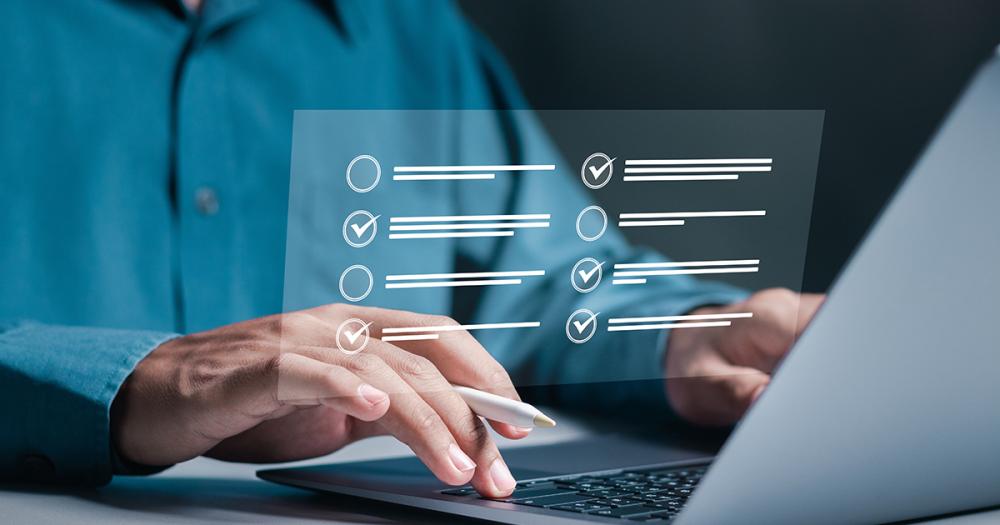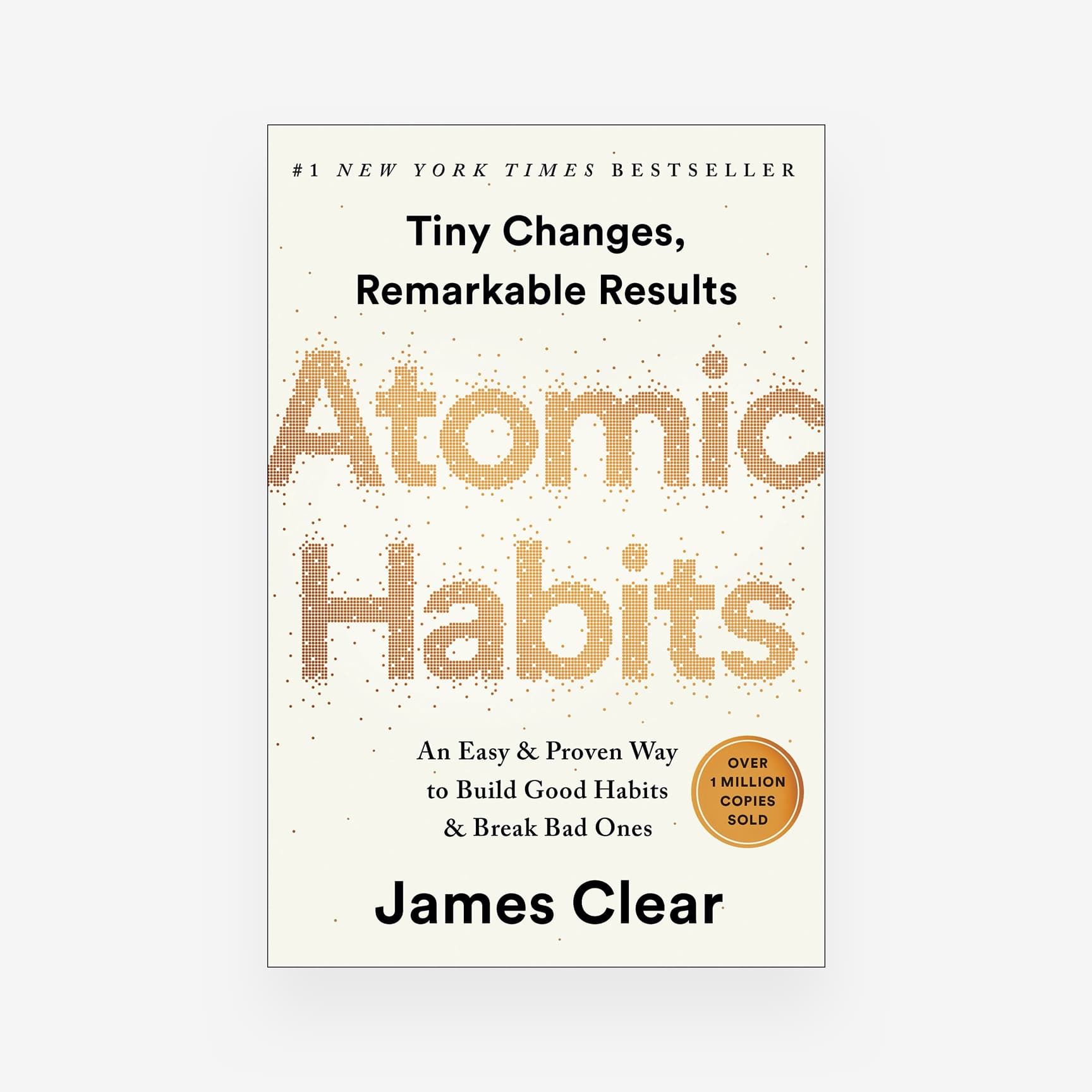In today's fast-paced world, juggling a demanding workload can be overwhelming. Many professionals find themselves caught in a cycle of endless tasks and looming deadlines. The constant pressure to achieve more in less time can lead to stress, burnout, and a decline in overall productivity.
If you're struggling to manage your time effectively and accomplish your goals, you're not alone. This article offers practical, actionable strategies to help you reclaim control of your workday, boost your efficiency, and improve your work-life balance.

Photo from the wires
Understanding Productivity vs. Efficiency
Before diving into specific strategies, it's essential to differentiate between productivity and efficiency.
- Productivity refers to the quantity of tasks completed and goals achieved. It's about accomplishing your objectives and delivering results. A productive individual consistently moves forward and achieves their targets.
- Efficiency focuses on completing tasks with minimal wasted effort or resources. It's about optimizing processes and maximizing output. An efficient person finds smarter ways to work, reducing time and energy spent on unnecessary activities.
While both are crucial for success, improving efficiency often leads to higher productivity. By streamlining your workflow and eliminating bottlenecks, you can accomplish more in less time.
Key Strategies for Boosting Productivity and Efficiency
Discover proven methods to optimize your workday and achieve remarkable results. This section delves into practical techniques to help you manage your time effectively, prioritize tasks, and eliminate distractions.
On the side note, you may want to check out: The Everyday Hero Manifesto: Activate Your Positivity, Maximize Your Productivity, Serve The World by Robin Sharma
Learn how to create a focused work environment, delegate responsibilities, and leverage technology to boost productivity.
1. Set Clear Goals and Priorities
To enhance productivity and efficiency, start by establishing clear goals and priorities.
- Define SMART goals: Specific, Measurable, Achievable, Relevant, and Time-bound goals provide clear direction and focus. For instance, instead of a vague goal like "be more productive," aim to "increase sales by 15% in the next quarter by improving customer follow-ups."
- Prioritize tasks using tools like the Eisenhower Matrix: Categorize tasks into Urgent and Important, Important but Not Urgent, Urgent but Not Important, and Neither Urgent nor Important. This matrix helps you focus on what truly matters and avoid time-wasting activities.
- Regularly review and adjust priorities: As circumstances evolve, it's essential to reassess your priorities to ensure they align with your overall objectives.
2. Master Time Management Techniques
Effective time management is a cornerstone of productivity. Explore these techniques:
- Time Blocking: Allocate specific blocks of time for different tasks or activities. For instance, reserve two hours in the morning for focused work, an hour for emails, and the afternoon for meetings. This structured approach helps you stay on track and avoid distractions.
- Pomodoro Technique: Work in focused 25-minute intervals followed by short breaks. This method enhances concentration and prevents burnout. By breaking down tasks into manageable chunks, you can maintain momentum and avoid procrastination.
- Eat the Frog: Start your day by tackling the most challenging or least appealing task first. This approach provides a sense of accomplishment and fuels motivation for the rest of the day. By conquering the most difficult task early on, you reduce anxiety and increase your overall productivity.
3. Minimize Distractions
Distractions can significantly hinder productivity. Create a focused work environment by:
- Creating a dedicated workspace: Find a quiet space free from interruptions to optimize concentration.
- Turning off notifications: Silence notifications on your devices during work periods. Use Do Not Disturb mode or airplane mode to eliminate distractions.
- Employing website blockers or productivity apps: Limit access to time-wasting websites and applications to stay on task.
4. Delegate and Outsource
Delegating and outsourcing tasks can free up your time for more strategic activities.
- Identify tasks that can be delegated: Assign tasks to colleagues or team members based on their skills and workload. Empowering your team can boost morale and increase overall efficiency.
- Consider outsourcing routine or administrative tasks: Outsourcing non-core activities can save time and allow you to focus on higher-value work.
5. Take Regular Breaks
Regular breaks are essential for maintaining focus and preventing burnout.
- Schedule short breaks throughout the day: Stepping away from work for even a few minutes can refresh your mind and improve productivity.
- Incorporate physical activity or mindfulness practices: Engage in short exercise routines or mindfulness exercises to reduce stress and increase energy levels.
6. Pursue Continuous Learning and Improvement
Continuous learning is key to staying ahead in your field and enhancing your efficiency.
- Develop new skills and knowledge: Attend workshops, webinars, or online courses to expand your skill set.
- Seek feedback from colleagues and mentors: Constructive criticism can help you identify areas for improvement and growth.
7. Optimize Your Workspace
Your workspace significantly impacts your productivity and well-being.
- Maintain a comfortable and organized workspace: A clutter-free environment promotes focus and reduces stress.
- Invest in ergonomic equipment: A good chair, desk, and monitor can prevent discomfort and improve your overall well-being.
8. Leverage Technology
Technology can be a powerful productivity tool.
- Utilize productivity tools and apps: Explore a variety of applications to streamline tasks and improve efficiency.
- Explore automation options: Automate repetitive tasks to save time and reduce errors.
9. Overcoming Procrastination
Procrastination can be a significant obstacle to productivity. Overcome it by:
- Breaking down tasks: Divide large tasks into smaller, more manageable steps.
- Setting rewards: Motivate yourself with rewards for completing tasks.
- Identifying triggers: Recognize what causes procrastination and avoid those triggers.
- Practicing self-discipline: Develop self-discipline by setting deadlines and adhering to them.
10. Building a Sustainable Productivity System
For long-term success, focus on building a sustainable productivity system:
- Work-life balance: Prioritize personal well-being to enhance focus and energy.
- Regular evaluation: Continuously assess and adjust your productivity strategies.
- Flexibility: Be open to new methods and adapt to changing circumstances.
- Mindfulness: Practice mindfulness to manage stress and improve concentration.
Additional Tips for Success
To complement your productivity strategies, prioritize overall well-being. Ensure you get enough sleep (7-9 hours) for optimal cognitive function. Fuel your body with nutritious foods to sustain energy levels throughout the day.
Incorporate physical activity into your routine to boost energy, reduce stress, and improve overall health. Lastly, cultivate strong relationships with colleagues for support, collaboration, and a positive work environment.
By implementing these strategies and tailoring them to your needs, you can significantly enhance your productivity and efficiency at work. Start with a few key changes and build from there to achieve lasting improvements.
Read similar blogs:














